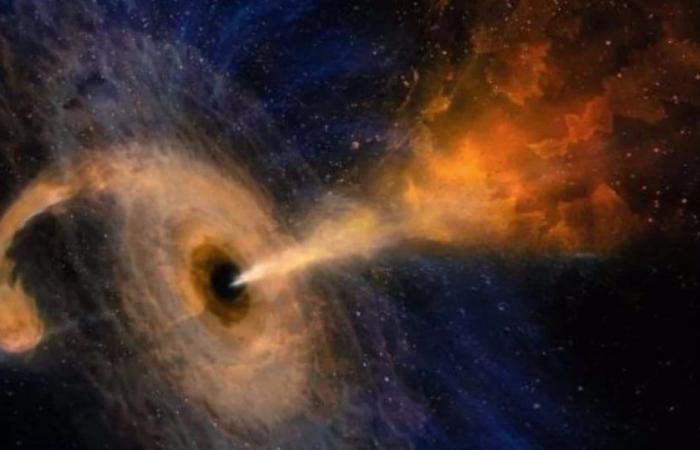Although dark matter and dark energy are estimated to make up 95 percent of the matter in the universe, scientists have never directly observed them. A new experiment at the University of Nottingham attempts to address this mystery by creating a Dark matter “trap” to study the domain wallsaccording to the theory of scalar fields. This project has taken three years to complete and results are expected within a year.
He Standard Model of Physics is currently our best tool for describing how the universe works, thanks to improvements provided by the General Theory of Relativity of Albert Einstein and the discovery of the Higgs boson. However, this model has a major deficiency: it cannot explain dark matter and dark energy. These two entities, which we have never directly detected, make up 95 percent of the universe. We can infer its existence from the gravitational effects on visible matter.
In a study published in the journal Physical Review Dscientists at the University of Nottingham introduce a particle called a scalar field and have built a trap to detect a dark matter effect known as domain walls. The teacher Clare Burrage, The lead author of the study explains: “As the density decreases, defects form. This is similar to when water freezes into ice; the water molecules, which are random, freeze into a crystalline structure with randomly aligned molecules, creating fault lines. Something similar happens in scalar fields as the density decreases. You can’t see these fault lines with the naked eye, but if particles pass through them, their trajectory could change. These defects are dark walls and can test the theory of scalar fields.”

To carry out this experiment, the team has created containers printed in 3D specifically designed to “trap” dark walls, which is based on theoretical calculations. To activate this trap, scientists will cool lithium atoms to almost zero Absolute zero using laser photons and place them in a special vacuum that mimics a change in density.
Lucia Hackermueller, who designed the experiment, explained: “The 3D printed containers that we are using as a vacuum chamber have been built using theoretical dark wall calculations. This has created what we think is the ideal shape, structure and texture to trap dark matter. To demonstrate that the dark walls have been trapped, we will let a cloud of cold atoms pass through those walls. The cloud will be deflected if these walls exist.”
This experiment, which has been three years in development, could provide results within a year. However, even if the dark walls are not detected, the experiment will offer valuable information about the mysterious forces that form the basis of the known universe. The detection of dark walls would be a significant advance in evidence for scalar fields, providing new understanding of the expansion of the universe and its acceleration.

In parallel, other recent advances have also contributed to our understanding of dark matter. A team of scientists from Atacama Cosmological Telescope (ACT) in the Chilean Andes has created a revolutionary map of dark matter, providing new insight confirming that massive structures in the universe grow and bend light, just as Einstein predicted. Dark matter, which makes up 85% of the universe, has been difficult to detect because it does not interact with light or other forms of electromagnetic radiation, which interact only with gravity.
To locate this dark matter, scientists looked at the cosmic microwave background radiation (CMB), the light that emanates from the beginning of the universe. By observing how the gravitational pull of large, heavy structures, including dark matter, deforms the CMB on its journey from 14 billion years Until us, ACT scientists were able to map invisible dark matter.
The results obtained were surprising. Blake Sherwin, professor of Cosmology from Cambridge University and leader of the ACT research team, commented: “We have created a new mass map from the light distortions left by the Big Bang. Surprisingly, it provides measurements that show that both the ‘bulge’ of the universe, and the rate at which it is growing after 14 billion years of evolution, are just what we would expect from our standard model of cosmology based on the theory of gravity. Einstein.”


